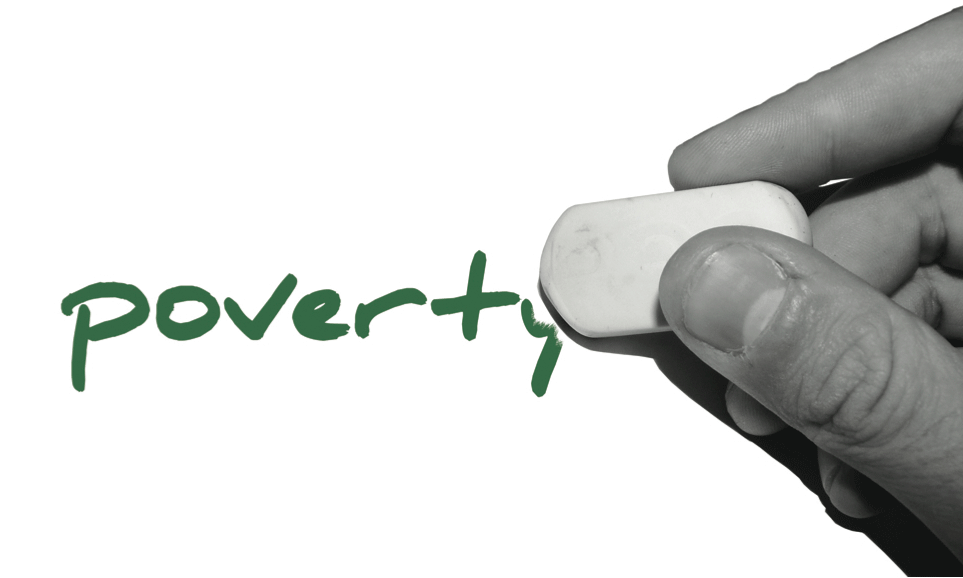Driverless cars, pilotless planes and now autonomous ships. The future is becoming reality and this has a lot of benefits but is not without challenges either.
There are a lot of benefits when looking at autonomous ships. First of all, it would lower fuel usage and lower labor costs. 90% of the world trade is transported by sea, when reducing these costs the price of many products would probably decline as well. Without rooms for the crew, more cargo could be loaded onto each ship. Another advantage is regarding to safety. The artificial intelligence that would steer the ship would be safer than a human crew. A report by Allianz in 2012 said that 75%-96% of all the casualties at sea were due to human error. If autonomous ships are a lot safer, less of these incidents would happen, less people would die and a lot of the accidents where oil is spilled into the sea would not occur.
The main challenge for shipbuilders is the fact that modern pirates exist, namely hackers. When an autonomous ship full of cargo would get hacked, horrible stuff could happen. First of all, the shipping company could get blackmailed and enormous amounts of money would have to get paid. Another downside would be the terrorists. Just imagine if hackers would hack several ships and just steer them into all the major global harbors. This would destroy the world economy as we know it today. In my opinion, it really depends on how well these ships can defend themselves against a cyberattack in order to decide whether these ships should make it to the sea. An emergency switch should be implemented where they could always get control of the ship again and it will probably take decades of using ethic hackers and taking all the security measures before these ships are allowed on the sea. The benefits do not outweigh the risks, what do you think?
https://qz.com/1050012/no-ladders-and-curved-edges-how-ships-of-the-future-will-fend-off-pirates/
https://www.agcs.allianz.com/news-and-insights/expert-risk-articles/human-error-shipping-safety.html
https://www.researchgate.net/publication/325195302_Cyber-Risk_Assessment_for_Autonomous_Ships


